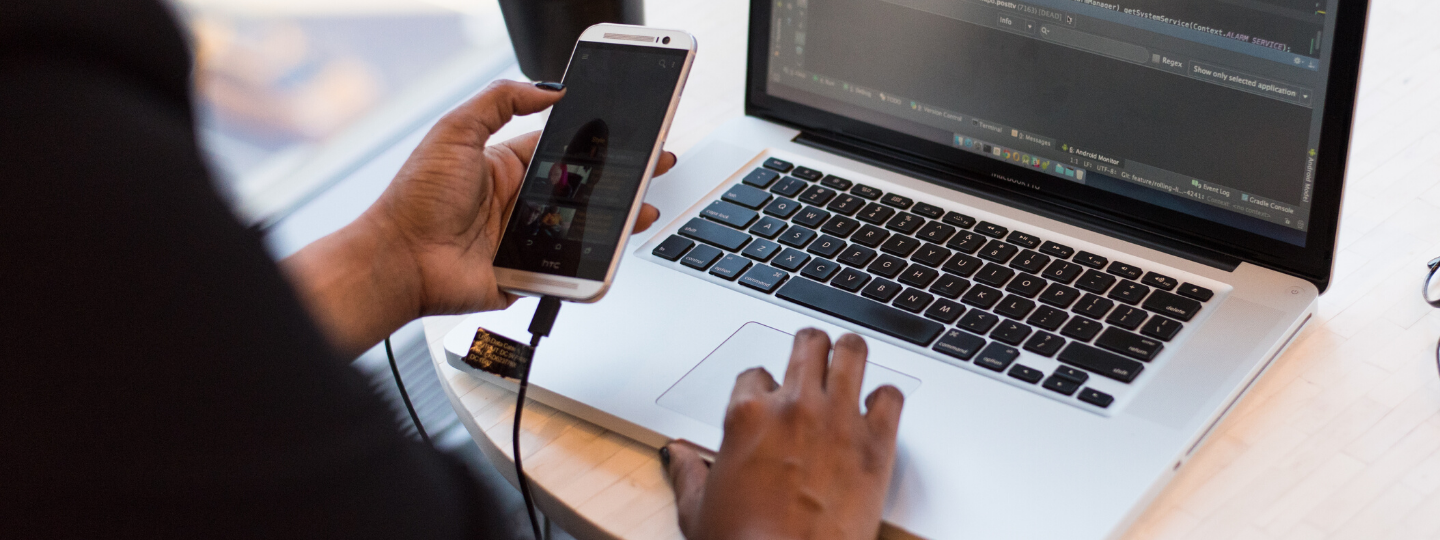Screen time and young people
Screen time and young people
The term ‘screen time’ gets bandied about quite a bit and when linked with young people reports can often be negative.

The term ‘screen time’ gets bandied about quite a bit. When the phrase is linked with young people, reports are often negative.
Recently with restrictions due to the pandemic, it is likely that screen time has increased across the board. However, the term itself is quite misleading as not all screen time is equal.
The media often covers studies linking teen depression and screen time, or young people’s use of social media and anxiety.
However, recent studies have challenged the way these studies were conducted. Researchers from the University of Oxford have stated that the use of phones, tablets and laptops is no worse for teenagers’ mental health than eating more potatoes.
That’s not to underestimate concerns you may have if there are huge fights about turning the Wi-Fi off. Being on the receiving end of grunts from behind a phone day in, day out can cause a lot of frustration for parents.
In this article you will find:
What is ‘screen time’ for them?
When a young person is spending what you think is too much time on their devices, ask what they are doing.
Are they playing a game that involves problem solving skills and creativity? Or is it a violent one person shooter game?
Are they scrolling a social media feed of people in staged photos talking about diets and workouts that makes them feel bad? Or are they communicating with friends in a meaningful way?
Ask them what sites and apps they use regularly. Get them to show you how some of these work and discuss what makes them so compelling. If this is not forthcoming, dive in and see for yourself.
You will more than likely not be able to keep up or find the same things entertaining. That is to be expected. But parents often tell us they don’t understand the online world. Educating yourself on the basics can be helpful for discussing what’s going on with a young person.
Getting a sense of what your young person’s screen time includes and what they are doing online is important.
Keep communication lines open
Aim for regular and honest discussions about what your young person is doing or watching online. This is really the best way for you to keep up.
Find out what you can but keep these channels of communication open and judgement free. This way they know they can come to you if anything they see upsets them.
Setting boundaries
Some parents complain that young people no longer take an interest in anything other than their phones or laptops. Screens are their portals to everything. From school and college work and communication with friends, to entertainment and leisure time, they’re all available there.
However, many companies invest in persuasive technologies to keep us scrolling, clicking and spending more time on our devices. We all need a bit of help managing our relationship with technology.
Having defined boundaries can be helpful for young people to work out where their comfort levels are. Involve young people in deciding what the boundaries are and also the consequences are if they are crossed.
This way what you develop is realistic. Consequences must be followed through. How you set boundaries and what they are will depend on the age of your young person.
Look at your own use of technology
The level of connectivity we have nowadays is relatively new for all of us. But, since the start of the pandemic, where would be without the internet? We still need to be mindful of how habits are developed and formed.
Take a moment to look at your own behaviour. Are you constantly checking your phone? Do you have your laptop on your knees in front of the TV?
Saying one thing and then doing another doesn’t help establish boundaries or win any arguments about technology use.
Smart devices and sleep
A good boundary to set for all the family is no phones or laptops in the bedroom. It’s well documented that phones and laptops in bedrooms are playing havoc with sleep due to stimulation and screen light. Poor sleep habits can have negative impacts on our mental and physical health.
Develop a wind down routine as a family. A good routine involves switching off from screens at least an hour before heading to bed.
Take this time to talk, read a book, tidy up, take the dog for a walk or just get ready for the next day. Nothing too stimulating.
Apps to help manage screen time
There are of course technical solutions for managing our use of technology.
The Forest app is an app that grows a forest on your phone the longer you leave it.
Flipd is popular with people studying for exams or up against a deadline. The app helps you stay focused and on task. It has features like reminder scheduling and blocking apps on your phone that you find distracting.
Nowadays many smartphones provide a round-up of daily, weekly, and monthly stats. This can help control your screen time by just being aware of how much your phone is used.
Finding a balance
Ultimately, we want young people to self-manage and regulate their own behaviour. You want a young person to know binge watching Netflix or playing an online game all night should be exceptions to the rule. These can be like treating junk food as treats, or lie-ins as occasional.
Involve them in setting boundaries and the consequences when these are broken. ‘Modelling’ good technology usage will encourage a good relationship with technology for young people.
Next steps:
For information, advice and resources on staying safe online try webwise.


